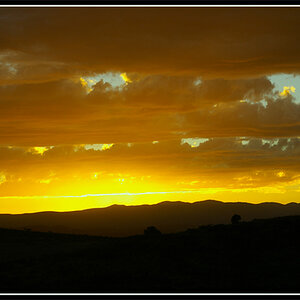Jsun
TPF Noob!
- Joined
- Feb 1, 2018
- Messages
- 15
- Reaction score
- 3
- Location
- Bloomfield, Ontario, Canada
- Can others edit my Photos
- Photos OK to edit
Hello,
There is something challenging I've noticed since taking up digital photography; how your audience views your finished product, across many different electronic devices, or social media platforms.
In the days of film photography, the end product was a physical item, and the viewing device was the human eye, still a subjective device but at least the photographer knew that his/her audience were all looking at the same image.
It seems that every device I look at makes my photos look different. The monitor I use to do post production is the one where I'm satisfied with my results. However, I know that someone else viewing my work will likely see a slightly altered version. I'm sure we can all appreciate that getting your photo to look just right can take some fairly minute alterations to the original, even if they are just done with the on-board features of sites like Instagram or Flickr.
I feel that the potential is great to loose something in the translation when it gets uploaded to the internet for public consumption, something vital to the overall composition.
I'm going to guess that there is no answer to this, and that it is just one of the pitfalls that go with the territory but I'd be interested in hearing from others how they deal with this, or if there is a process by which post production is done which gives the best impression across all devices.
Thanks
There is something challenging I've noticed since taking up digital photography; how your audience views your finished product, across many different electronic devices, or social media platforms.
In the days of film photography, the end product was a physical item, and the viewing device was the human eye, still a subjective device but at least the photographer knew that his/her audience were all looking at the same image.
It seems that every device I look at makes my photos look different. The monitor I use to do post production is the one where I'm satisfied with my results. However, I know that someone else viewing my work will likely see a slightly altered version. I'm sure we can all appreciate that getting your photo to look just right can take some fairly minute alterations to the original, even if they are just done with the on-board features of sites like Instagram or Flickr.
I feel that the potential is great to loose something in the translation when it gets uploaded to the internet for public consumption, something vital to the overall composition.
I'm going to guess that there is no answer to this, and that it is just one of the pitfalls that go with the territory but I'd be interested in hearing from others how they deal with this, or if there is a process by which post production is done which gives the best impression across all devices.
Thanks


![[No title]](/data/xfmg/thumbnail/35/35270-a66987e049fb56c03e604b4c77910b81.jpg?1619736972)
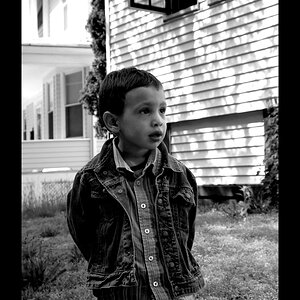
![[No title]](/data/xfmg/thumbnail/36/36676-cb11e40ab23f22c2a0af6fbf4ab02371.jpg?1619737676)
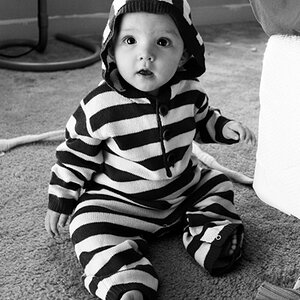
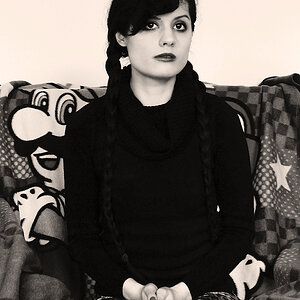
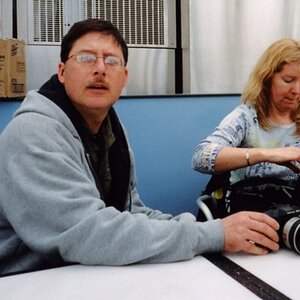

![[No title]](/data/xfmg/thumbnail/37/37608-63b0d340b0972479217b548a4026df96.jpg?1619738149)

![[No title]](/data/xfmg/thumbnail/31/31756-ed344608f5fc9a69ff1d67dc7d03161c.jpg?1619734993)

